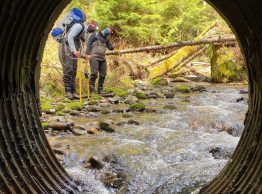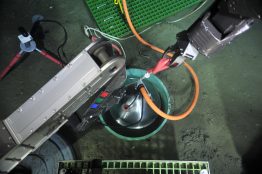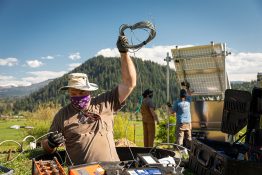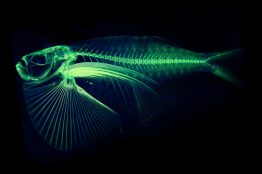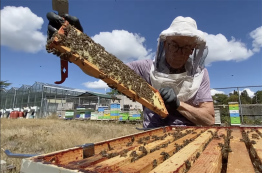To help struggling salmon populations, the state of Washington is legally required to replace hundreds of culverts that divert streams under roadways. The state transportation department is replacing old, rusting metal pipes with broad, concrete promenades that provide more gradual gradients and gentler flows for salmon swimming upstream to access more spawning grounds. The full scope of the effort will last 17 years and cost $3.8 billion.
Read more at UW News »UW researchers land $10.6M to build subduction zone observatory
Scientists and engineers from the UW School of Oceanography, Department of Earth and Space Sciences and the Applied Physics Lab, along with partners at Scripps Institution of Oceanography, recently were awarded more than $10 million to build an underwater observatory in the Cascadia subduction zone. The funding comes from the National Science Foundation and aligns with larger efforts to better understand subduction zones more broadly.
Read more »ShakeAlert offers latest earthquake science as region practices Great ShakeOut safety drill Oct. 19
As people and organizations across the globe practice earthquake drills Oct. 19 on International ShakeOut Day, closer to home in the Pacific Northwest, communities are bolstered by a state-of-the-art earthquake early warning system — and a research center that maintains the second-largest seismic network in the U.S. The Pacific Northwest Seismic Network, housed within the UW College of the Environment, collects data from more than 700 seismic stations across Washington and Oregon, plus data from partner organizations in British Columbia and bordering states.
Read more »Teaching old fish new tricks
How much can you really learn from a dead herring in a jar? Housed in the UW College of the Environment, the Burke Museum’s Ichthyology Collection is home to more than 13 million preserved fish specimens from around the world, many dating back over a century. By far the largest collection of its kind in North America, it includes over 300 different samples of Pacific herring — an ideal species for researchers aiming to look back in time.
Read more »Video: New hives at UW Farm welcome us to ‘bee curious’
The UW Farm welcomed an addition this spring: two bee hives in an apiary on the south side of the Center for Urban Horticulture. The new hives are tended by Kurt Sahl, a program manager at the University of Washington’s Continuum College who, together with UW Farm manager Perry Acworth, re-launched the farm’s beekeeping program in early 2023.
Read more at UW News »
